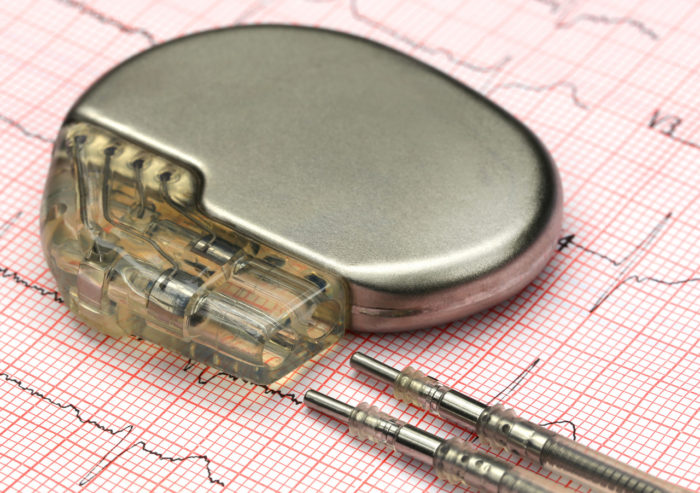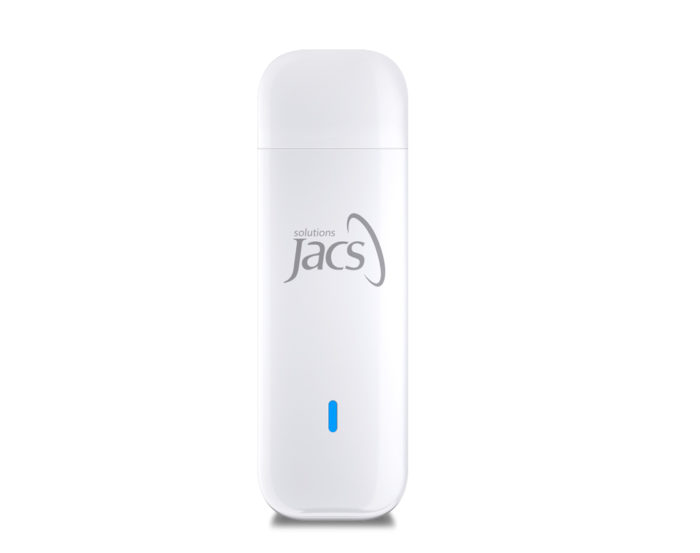
Extending the adoption and lifecycle of remote patient monitoring equipment
A plug-and-play connectivity solution for medical sensors, implants, and hubs
Healthcare providers need a simple, cost-effective solution to extend the life of connected legacy medical equipment for remote patient monitoring that reduces time-to-market of upgraded solutions and eliminates the need for costly and risky clinical procedures.


Challenge
The use of critical, life-saving medical devices in at-home and mobile healthcare is growing exponentially as doctor-patient relationships continue to move outside of traditional settings. Patients rely on these devices to transmit important information to providers about their health and well-being, including many chronic and acute conditions that require consistent monitoring.
The sensors, implants, and hubs that capture this health data require remote connectivity in order to share it with physicians. However, many healthtech devices used in remote patient monitoring were built to run on older 2G/3G wireless networks, making them highly susceptible to obsolescence due to network sunsetting. Introducing new devices that can operate on LTE networks come with very high development costs and often suffer from low adoption rates due to an aging patient population with mobility challenges and lack of familiarity with technology.


JACS Solution
A wireless connectivity solution that is affordable and easy to use is required for healthcare providers to access data they need to make informed decisions to effectively care for their patients.
The TAA compliant TD191 LTE USB Dongle provides a plug-and-play, high-speed wireless connection to medical devices and systems. The dongle is designed specifically for use in healthcare settings to transmit Personal Health Information, and it is also EMI/EMC compliant to ensure zero noise or interference with other medical equipment. The dongle is a low-cost retrofit option that can be configured to work with virtually any medical device to extend the lifecycle of legacy equipment.